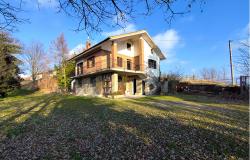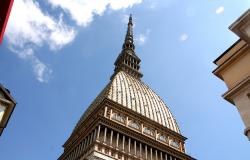The Piedmontese resort has seen steady prices and a significant increase in transactions throughout last year.
The Italian housing market may be wobbly but on the daring slopes of Sestriere it stands as solid as Alberto Tomba on his first World Cup slalom win.
The Piedmontese resort, which hosted the 2006 Winter Olympics, saw a spike in sales last year—at a time when transaction volumes went down by 19.5% in nearby Turin and 13.5% in the rest of the province. These surprising findings come from the Piedmontese branch of estate agents association FIMAA, which unveiled its 2008 market review last week.
According to FIMAA, buyers in Piedmont share the prudent approach that is becoming increasingly common throughout Italy. “They are waiting for better times,” states their report.
This, however, doesn’t hold true for the upper end of the Piedmontese market, where demand shows no sign of cooling down, and for homes in the Torinese mountain resorts, especially Sestriere.
The skiing belt villages were the only municipalities in the province to buck the downturn, according to FIMAA.
“Much like it happens for quality homes in the city centre, the crisis is having less of an impact on the market for mountain properties near Turin,” the study states. Torinese skiing resorts saw an average 6.7% increase in sale volumes last year. The real picture, however, is slightly more intricate than this topline number suggests. Sales went down in the Susa Valley town of Oulx and the posh Sauze d’Oulx; remained stable in the established villages of Bardonecchia and Pragelato; and went significantly up in Sestriere, which is the jewel in Turin’s skiing crown, with some 146 pistes and 400 km of skiable domain.
Torinese skiing resorts saw an average 6.7% increase in sale volumes last year. The real picture, however, is slightly more intricate than this topline number suggests. Sales went down in the Susa Valley town of Oulx and the posh Sauze d’Oulx; remained stable in the established villages of Bardonecchia and Pragelato; and went significantly up in Sestriere, which is the jewel in Turin’s skiing crown, with some 146 pistes and 400 km of skiable domain.
Prices held too, both in Sestriere and in the other mountain resorts of the Turine province, remaining stable year on year. This was a particularly remarkable result considering that they went down virtually everywhere else in the Turin province (with the exception of the city centre, where they grew by 1.2%).
That said, once the market data is put into a historical perspective, the entire Torinese market turns out to be reasonably robust. Compared to ten years ago, housing values in Turin’s city centre have nearly doubled, against a cumulative inflation rate of 22%.













